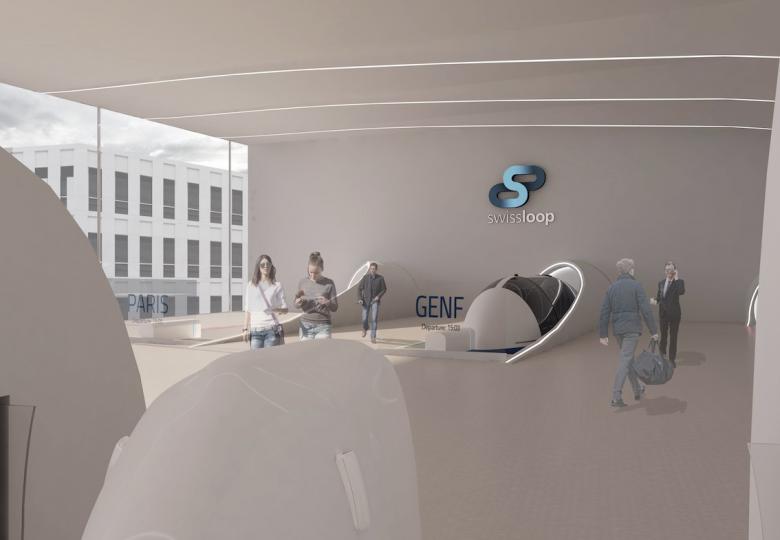Swissloop gives concrete shape to the ultra-fast train of the future
A team of students from the ETH Zurich is revolutionising land transport with the development of carriages for a subsonic levitation train capable of speeds of up to 1,200 km/hour, travelling through vacuum tunnels.
Zurich to Geneva in 15 minutes, San Francisco to Los Angeles in 35 minutes or Paris to Marseille in 40 minutes, this is what this mind-boggling project by Swissloop is about. The team of 40 students of physics, mathematics, electricity, mechanics and civil engineering from the ETH Zurich is developing the prototype of the ‘carriages’ for a new mode of land transport: the Hyperloop. This train, which is powered by solar-generated electricity, is in fact made up of small capsules, in which the passengers sit, and is claimed to be capable of speeds of almost 1,200 km/hour – about the same as an airliner. Utter folly?
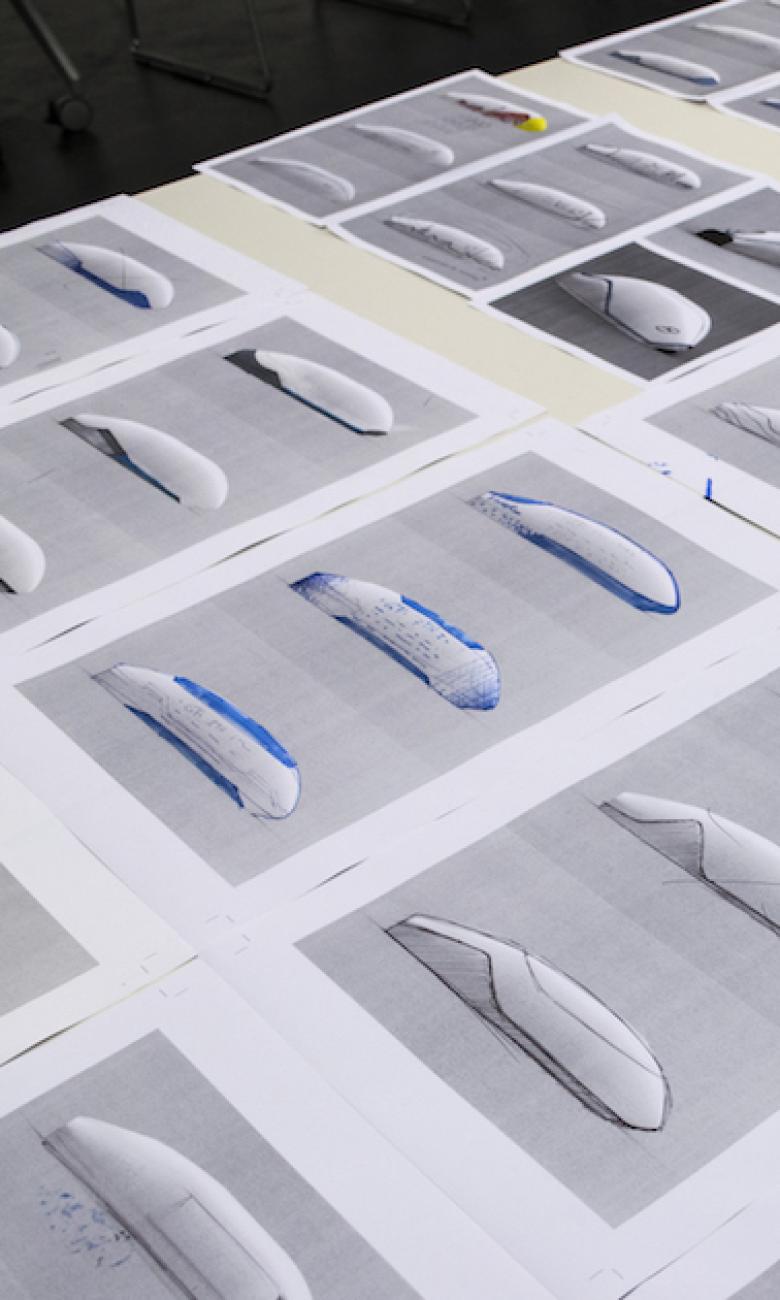
This summer, Swissloop drew a lot of attention at the second international competition organised by SpaceX. Founded by Elon Musk (also co-founder and CEO of Tesla), this private aerospace company is based in Hawthorne, in California. Since 2016, it has been getting universities around the world to compete on a project to design the capsule of this future ultra-fast train. After a series of preliminary tests carried out in the open air and in a vacuum chamber, three prototypes were selected for a final trial in the 1.6-kilometre-long Hyperloop tunnel built specifically by SpaceX for this purpose – including the Swiss team’s entry which took third place.
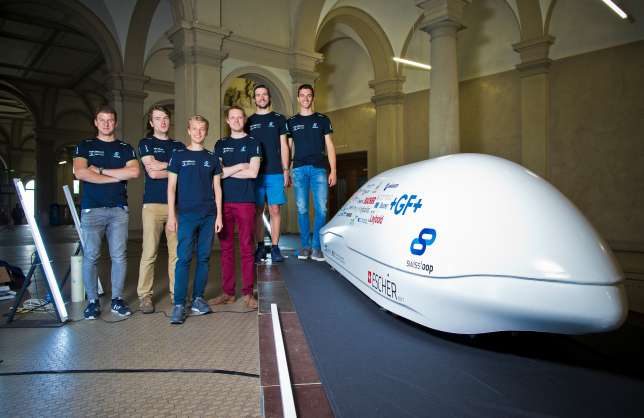
Elite expertise
Since the outset in 2013 until its launch this summer, Swissloop has achieved real technological prowess. To reach speeds exceeding 1,000 km/h, the capsules have to be able to travel without meeting any kind of resistance, of which there are two kinds: from friction between the rails and the wheels and from the cushion of air that builds up in front of the capsule when it reaches a very high speed.
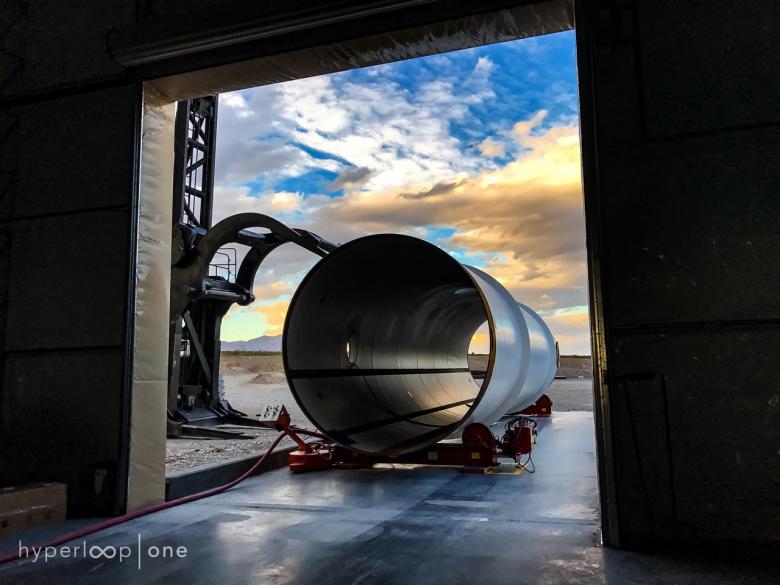
To eliminate these sources of resistance the train of capsules has to travel in a vacuum. In the US, Elon Musk hopes to inaugurate the first line for this ultra-fast train by 2020. We are not there yet, but encouraging progress is being made.
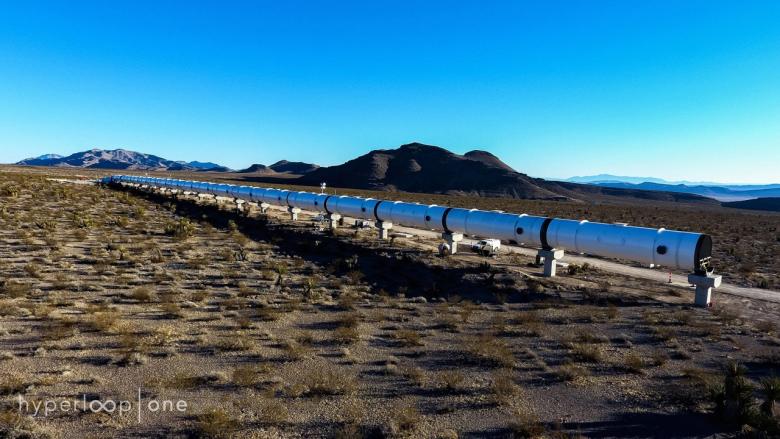
Promising progress for Switzerland
The prototype of the Swissloop capsule is propelled by compressed air which is ejected from the capsule at a low temperature like in a rocket. Magnets enable levitation and air cushions created under the vehicle lower its centre of gravity and provide a more spacious passenger cabin. For Swissloop, the technological challenge is to demonstrate its feasibility as a new form of land transport. This technology could be used in Switzerland.
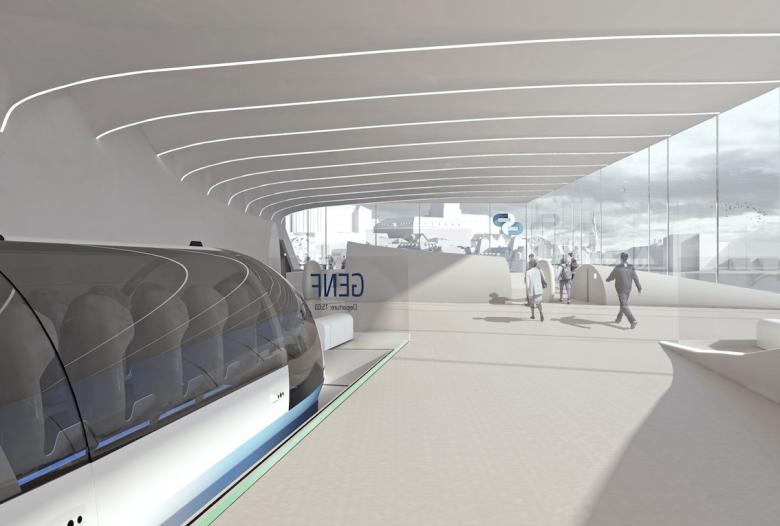
These achievements by Swissloop offer us a glimpse of the fast railway systems of the future linking major Swiss and European cities. Another plus is that these ultra-fast trains travel in tubes built at ground level and not in underground tunnels, thus cutting the overall building costs by a factor of four. Much remains to be done but it is sure that a new, revolutionary mode of transport is on its way.
